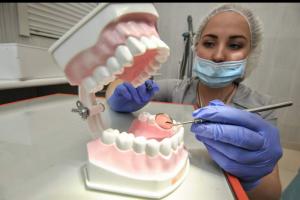In each state, there are bodies that oversee the import and export of goods across the country's border. Moreover, this type of activity has not only its own specifics, but also a certain development history. Since ancient times, people have realized the fact that the borders of the state’s territory are an extremely important attribute of any power. In addition to its symbolic function, it is also beneficial in many economic processes. Thus, the concept of customs duty began to appear, which was levied on goods that were imported into the territory of a state. Time passed, and this activity gradually developed. Customs relations peaked in the middle of the 20th century, after the Second World War. It became clear that the inviolability of borders plays a big role for world security. In addition, controlled import is necessary to maintain balance in its domestic market. Today, there is a customs service in almost every country. In the Russian Federation, this agency also exists. But the interest is not only the service itself, but also the operations that it directly carries out.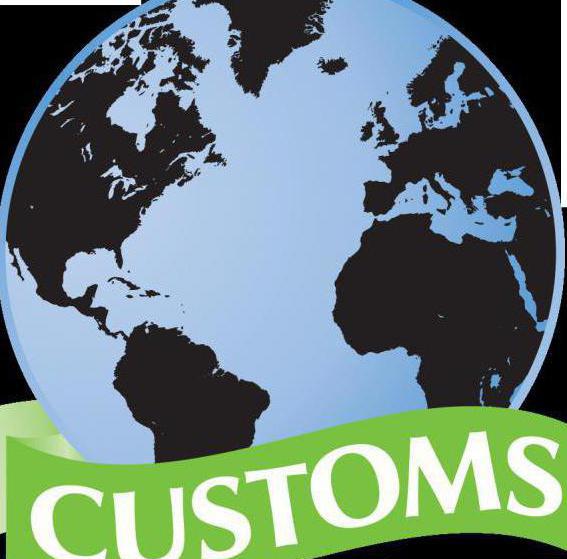
Customs concept
Customs service is an integral part of any state apparatus. In other words, this body is simply necessary, given the development of the modern market. However, few people understand the true essence of customs. If we take into account the legislative interpretation, then the department presented in the article is a state body that ensures the movement of goods across the border of a state in a certain order and in accordance with regulatory provisions. The whole process is accompanied by a number of certain phenomena. For example, Customs can exercise control over goods and other items, implement their design, and also carry out special customs operations and procedures. All this is done so that movement across the border is orderly and legally determined.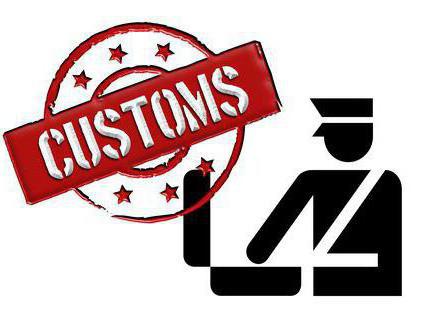
Customs
All kinds of customs operations and customs control are a manifestation of the same field of activity of employees of the said body. In other words, movement across the border is implemented using separate methods and means. Together, these processes are called customs. Their main goal is to ensure that all parties comply with measures tariff regulation prohibitions, restrictions that are directly related to the movement of goods across the border. In addition, customs encompasses a large number of economic and legal aspects. First of all, this category exists so that the state can ensure the security of its foreign economic activity. This, in turn, is possible thanks to certain measures of influence on the process of moving across the border. For example, in the 21st century, tariff barriers and other non-tariff regulation methods are actively used. foreign economic activity.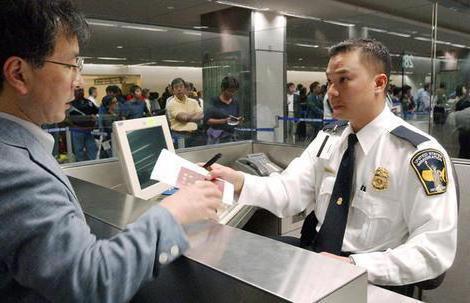
Legal industry
All customs affairs are carried out in a strict legal framework that helps to avoid arbitrariness and incompetence in the process of implementing control activities directly at the border. The main legal industry that directly regulates the mentioned activities is administrative law. In its structure, it has a specific sub-industry - the customs. It is thanks to her that foreign economic activity is regulated.At the same time, the Customs Code is the key regulatory act of this industry in the Russian Federation.
The essence of customs control
Many customs operations are carried out as part of the control activities of the same name. It implies a set of actions that are aimed at checking specific goods, vehicles and other items in the process of moving them across the state border. In other words, the customs service in this way actually performs the functions for which it, in principle, was created. It should be noted that border control is regulated not only by relevant national legislation, but also by a number of international legal acts that have been ratified in Russia. Customs unions are of great importance in this case. Such agreements between states allow the abolition of a large number of duties on the import and export of goods, as well as the creation of a single trading territory.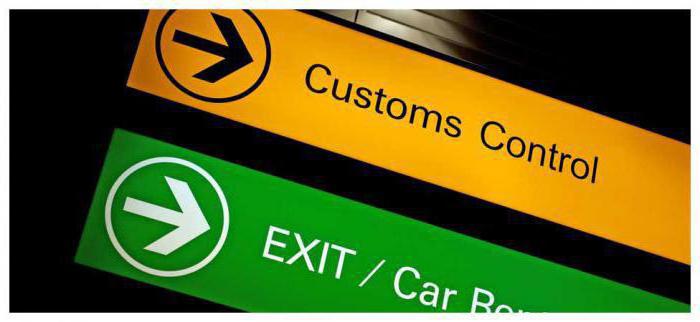
Principles and objectives of control
Customs operations in the framework of control at the state border are implemented in the legislative framework. In addition, they are carried out according to a number of specific goals, for example:
- to verify the legality of moving across the border;
- to ensure strict compliance with laws;
- compliance with all the nuances of individual procedures;
It is also worth noting that customs control has a number of initial provisions, principles on the basis of which it is actually carried out. These include the following:
- Selectiveness of control. This means that the presented activity can be implemented in those forms that are acceptable at the discretion of the customs service.
- Versatility, shows a large assortment of forms of control in which it can be produced.
Thus, the mentioned activity is a whole system of various operations that are carried out for the implementation of certain goals.
The concept of customs operations
So, we found out that certain actions performed by representatives of the state service for controlling the country's borders play a rather large role. Their objects are goods, vehicles, other objects and people. An important aspect is the fact that all the categories listed should be in the process of moving across the state border, that is, the corresponding checkpoints. Organization of customs operations is carried out directly by customs officers of the Russian Federation. In order to understand in more detail actions of this kind, it is necessary to analyze their classification.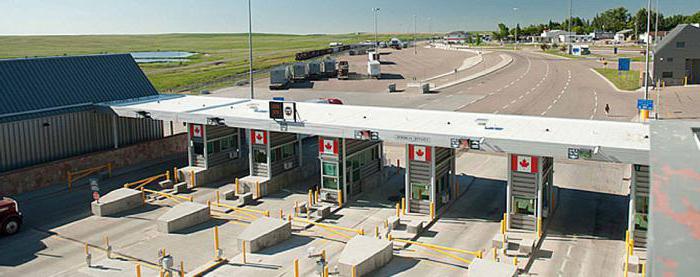
Types of customs operations
If you take into account the provisions of the law, you can imagine a fairly broad classification of all operations that are implemented when moving across the border. In addition, customs operations are also divided depending on the specific tasks that they face, and, of course, the actors involved. To date, theorists distinguish the following types of data actions, namely:
1. Operations that are carried out before the direct movement of goods, items, people and vehicles across the state border. These may include the following: preliminary declaration, obtaining permission to transport certain goods by means of vehicles, obtaining permission to implement specific procedures, for example, processing on the territory of an authority.
2. Prior operations declared. Such actions are usually characterized by the lack of standard documentation due to their specifics. customs regime. Thus, this type includes the direct arrival of goods at customs, transit, as well as the placement of items in the warehouse.
3. Customs declaration of goods is a separate type of operations.It is characterized by the fact that the transported items go through the full process of proper documentation at the border. Customs declaration of goods allows to fully implement all the actions provided for by customs control.
4. Another type of operations are actions that are performed after the actual clearance of goods. That is, they are implemented in the process of the actual export of items from the checkpoint area.
5. Operations that complete the operation of a particular customs regime are completely independent.
The presented species show the importance and prevalence of individual operations in the activities of bodies that regulate movement across the state border.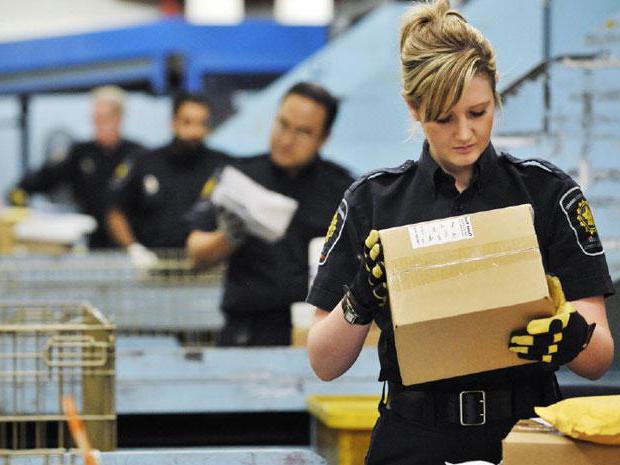
Features of operations
Given the presented classification, we can conclude that customs actions are for the most part a manifestation of the control functions of this body. However, the most important task that determines the implementation of certain operations is the declaration of goods. Since it is this action that allows you to control all objects moving across the state border without exception.
Subjective composition of operations
As we understand it, the procedure for performing customs operations is carried out with the aim of influencing individual entities. They, in turn, are directly involved in the process of moving across the state border. All subjects, in accordance with modern legislation, can be divided into groups, namely:
1. Persons responsible for managing customs declarations.
2. Persons with commercial interest and carrying out entrepreneurial activity at the border and at checkpoints (warehouse owner, customs operations specialist, etc.).
3. Persons who, due to the circumstances, have become subjects of movement across the customs border.
Conclusion
So, in the article we examined customs operations and their characteristic features. It should be noted the fact that today the control over the process of moving across the state border is carried out professionally. However, as we understand, there is no limit to perfection. Therefore, legislation in this area must be constantly modernized so that it keeps pace with the times.






